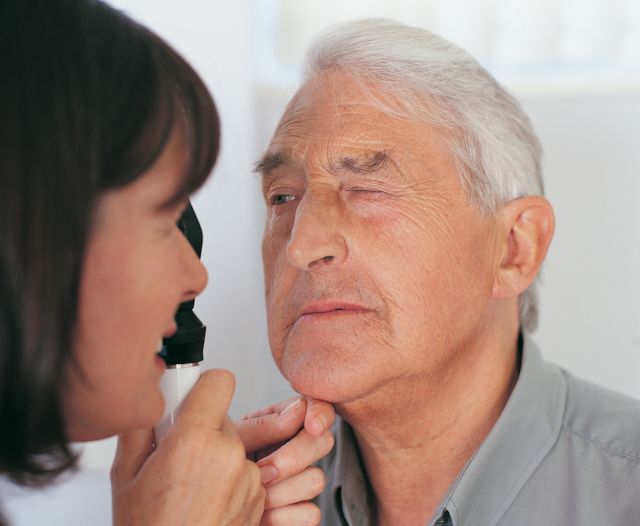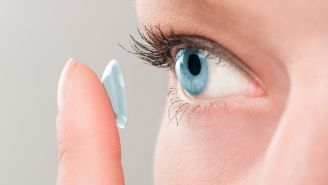Your eyes may be a window into your soul, but they can also give your doctor a look into the health of your heart. A study has linked micro-damage to the tiny blood vessels of the eyes to a higher risk of a common heart rhythm disorder.
Time to get your eyes checked? Here’s how to find the right doctor.
Researchers from Johns Hopkins University presented the study at the November 2013 annual meeting of the American Heart Association. They followed more than 10,000 middle-aged people for about 14 years. They found that people who had damage at the microvascular level (that is, in the smallest blood vessels) of their eyes were at higher risk for developing a heart rhythm disorder called atrial fibrillation.
The lead researcher says the study suggests that microvascular disease (MVD) may be a trigger for developing atrial fibrillation, though it’s not clear why. Atrial fibrillation is common in older people and can lead to strokes and other problems. The symptoms can be easy to miss, and getting checked out early can help you manage the condition.
The eyes are a convenient place to look for MVD, because it can be tricky to spot in the heart. In addition to atrial fibrillation, MVD increases your chance for a heart attack. Luckily, you can prevent MVD, and if you’ve already got it, you can take steps to stop it from getting worse.
So what does that mean for you and your eye doctor? If your next eye exam reveals some micro-bleeds or micro-aneurysms in your eye’s retina, you may want to see a cardiologist next.
Your eyes can actually reveal several early warning signs about your health. Did you know that small yellow patches around your eyes are actually cholesterol deposits? About half of the time, those bumpy eye patches are the only warning signs of a serious heart problem. The blood vessels in your retina can also provide clues about high blood pressure, diabetes and certain autoimmune diseases.






